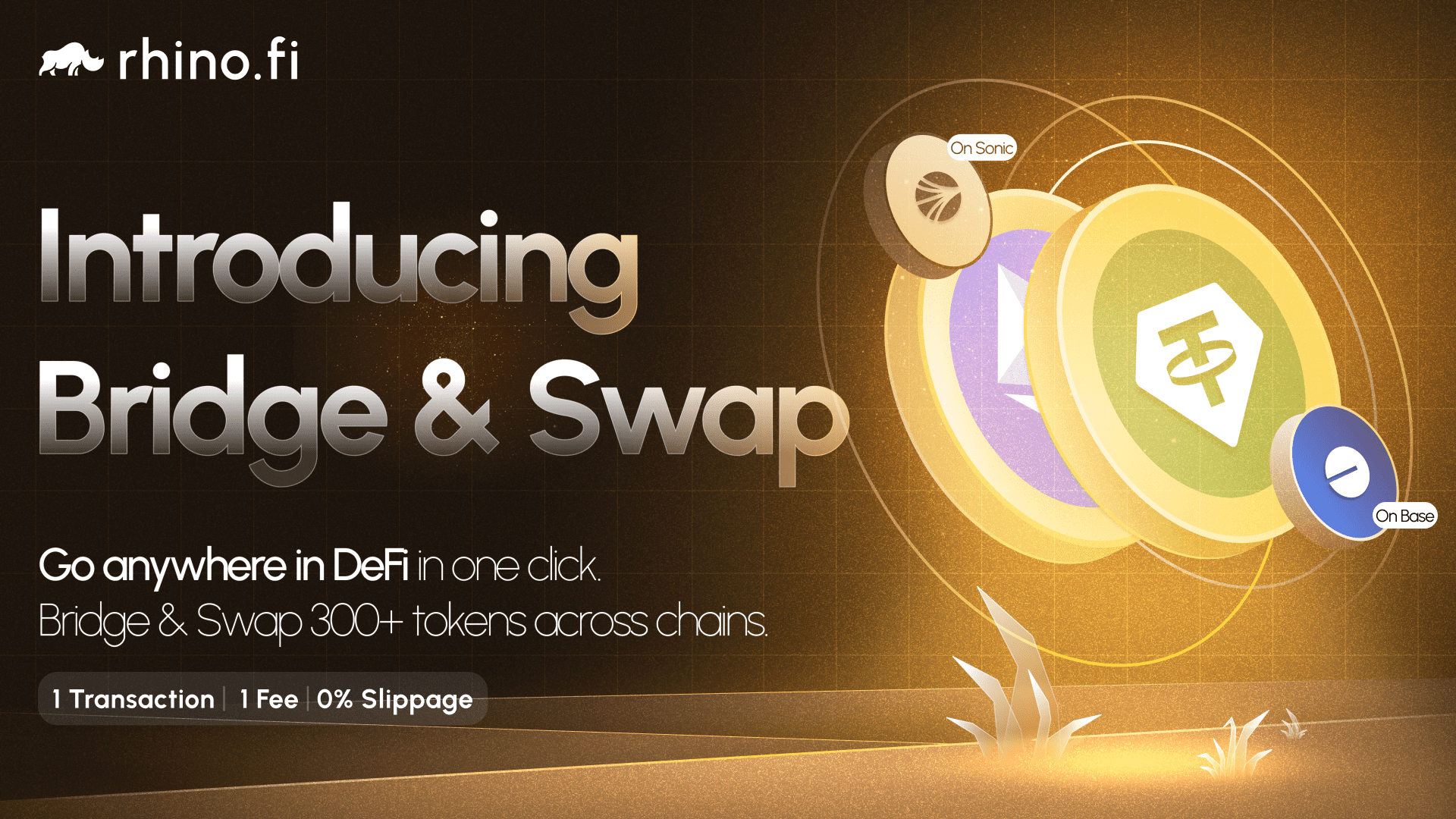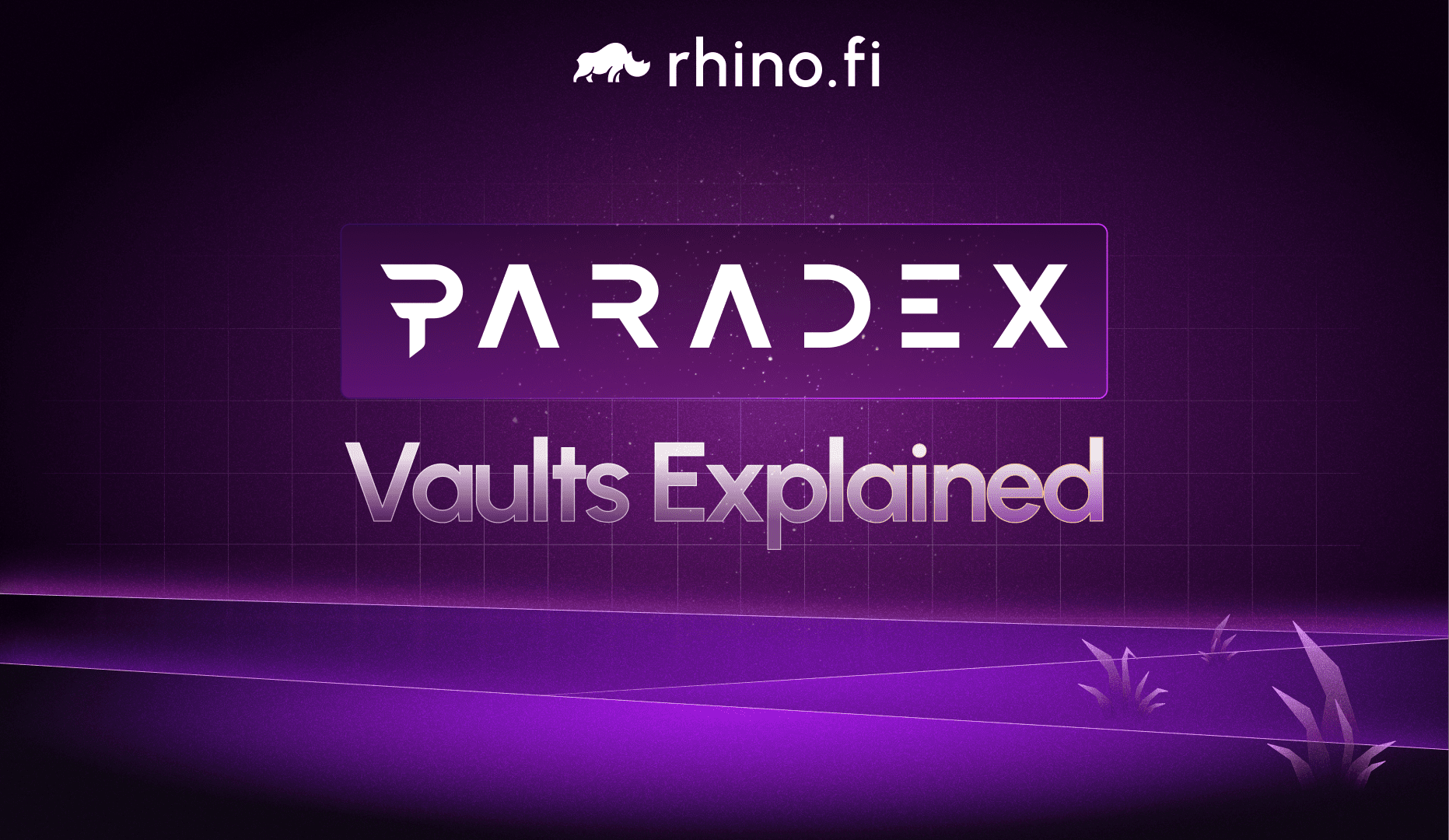The crypto world was originally built for active traders. You could buy and swap one currency for another, but couldn’t access the passive income opportunities that are available in the traditional fiat world.
However all that changed with the emergence of programmable blockchains such as Ethereum, which can be used as a basis for the creation of decentralised applications using smart contracts, algorithms which are trained to execute automatically when users perform specific actions.
These dApps have allowed a whole universe of decentralised finance opportunities to emerge, comprising passive as well as active opportunities.
By staking their coins rather than trading them, investors can enjoy the stable, long-term income they can get from storing their fiat money in banks and buying bonds in the fiat world.
In this edition of RhinoLearn, we’ll examine the relative benefits of staking and trading, so you can make a balanced decision on the merits of each.
A quick disclaimer to kick things off: we’re not saying you should ditch your trading plans and go all-in on staking. We merely want to show how staking can complement your trading strategy and provide an excellent alternative for more cautious crypto investors.
How you can earn passive income in crypto
There are loads of different ways you can earn passive income on your crypto assets:
1 Stake in interest-bearing assets
The DeFi space now includes a range of tokens that are specifically designed to earn interest.
These tokens are essentially interest-bearing replicas of mainstream assets – one example is stETH, which is based on ETH, Ethereum’s native token. Users simply stake the mainstream asset and receive the replica in exchange.
By staking their mainstream assets, users are essentially lending their funds to crypto projects, such as you would lend your money to a bank.
The staked asset is a bit like a share certificate – it provides a record of the assets you’ve staked, so you’re eligible for interest payments and/or a share of trading fees.
However, there’s a lovely little bonus here: many of these staked assets can also be traded for other coins and tokens.
- Support liquidity pools
As we’ve mentioned earlier in our RhinoLearn series (LINK TO AMM BLOG), liquidity pools provide an alternative to traditional order-book trading methods.
With order books, users post their buy or sell orders and they’re matched to someone on the other side of the trade (so, for example, if you want to buy 10 ETH, you’re matched for someone who wants to sell the same amount of the asset). The trade cannot go through until your order is fulfilled on the other side.
With liquidity pools, however, there’s no need for someone on the other side of the trade. The pools are pre-filled before trading starts, and you simply buy from these pools or sell into them.
However, liquidity pools rely on community support: when filling a liquidity pool, a crypto project will typically invite its supporters to provide assets. These supporters will then receive rewards for the funds they stake.
Lorem ipsum dolor sit amet, consectetur adipiscing elit. Ut elit tellus, luctus nec ullamcorper mattis, pulvinar dapibus leo.
Stake governance tokens
A number of DeFi projects have created their own native governance tokens, and invite their supporters to stake these tokens to take control of the project’s future.
rhino.fi, for example, has its own native token, DVF, whose name is based on our original title, DeversiFi. By staking DVF tokens, users acquire xDVF, which enables them to vote on changes to our protocol and even suggest their own.
Ok, so what are the benefits of staking versus trading?
Staking might seem like a less dynamic option than trading, and it might not provide the immediate rewards that you can get by jumping on an undervalued token or spotting a valuation mismatch in the market.
However, there are loads of reasons why staking is a great option, particularly those who want to balance their active investments and create a backstop.
Staking provides a haven from volatility
The crypto market is getting more stable all the time.
We’re seeing the emergence of stablecoins, which are pegged to traditional assets, and innovations such as the forthcoming Ethereum Merge, which are solving some of the minor teething problems that blockchains have experienced (notably the huge demand).
However, the value of crypto assets can still fluctuate significantly. Bitcoin’s price, for example, fell by nearly a third between January and May 2022.
Traders who are constantly tracking the market can anticipate these changes, and even turn them into opportunities. However, those who don’t have as much time to spend trading may prefer the stability of a passive investment opportunity.
- They provide seriously high rewards
The returns on passive investments in crypto far exceed those in the real world.
At the time of writing this article, high-yield US corporate bonds, the riskiest class of bond available (they’re also called ‘junk bonds’ if you didn’t know) are returning just over 8% yield. By contrast, crypto staking opportunities often provide returns of 10% or more: rhino.fi has a staking option which returns 19%.
The rewards can increase as the community grows
Because many staking rewards are tied to trading fees, users can earn bigger rewards as more and more people come on board.





